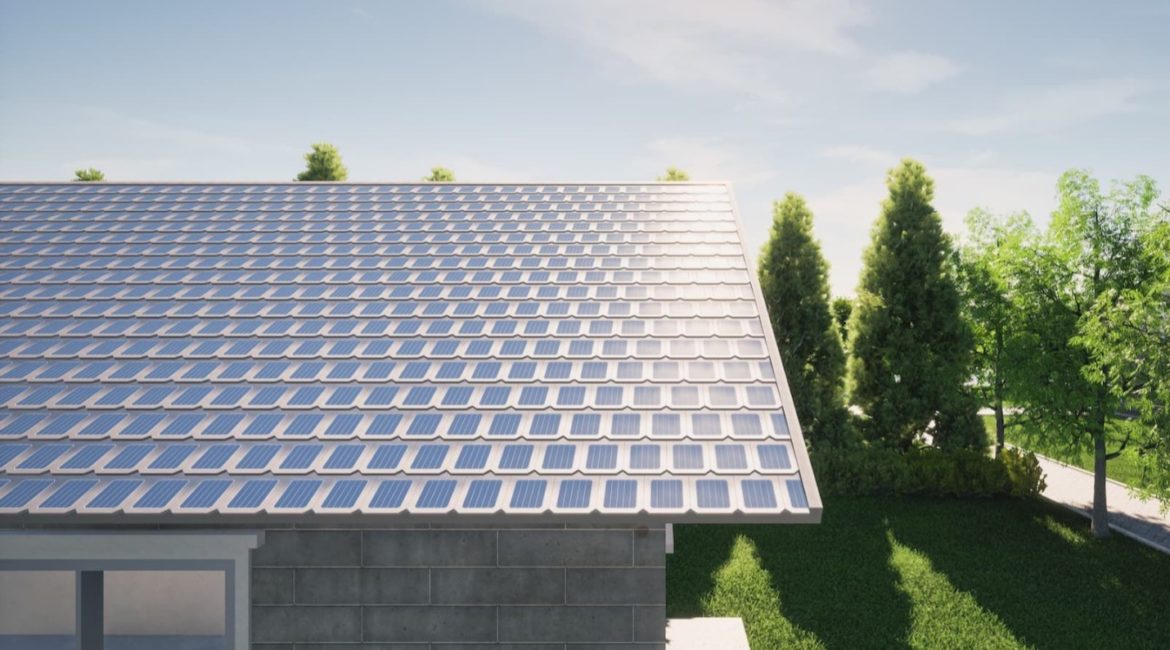The integration of solar slate roof tiles into architectural designs
The architecture profession has substantially moved towards ecologically friendly and sustainable practices in recent years. As a result, it is now more crucial than ever to include renewable energy sources, including solar electricity, in architectural designs. Incorporating solar slate roof tiles, which combine the practical advantages of solar panels with the aesthetically pleasing qualities of conventional slate roofs, is one noteworthy development in this field. This article examines the idea of including conventional solar panels and slate roof tiles in architectural plans, outlining the advantages, difficulties, and future effects of the development of sustainable building techniques.
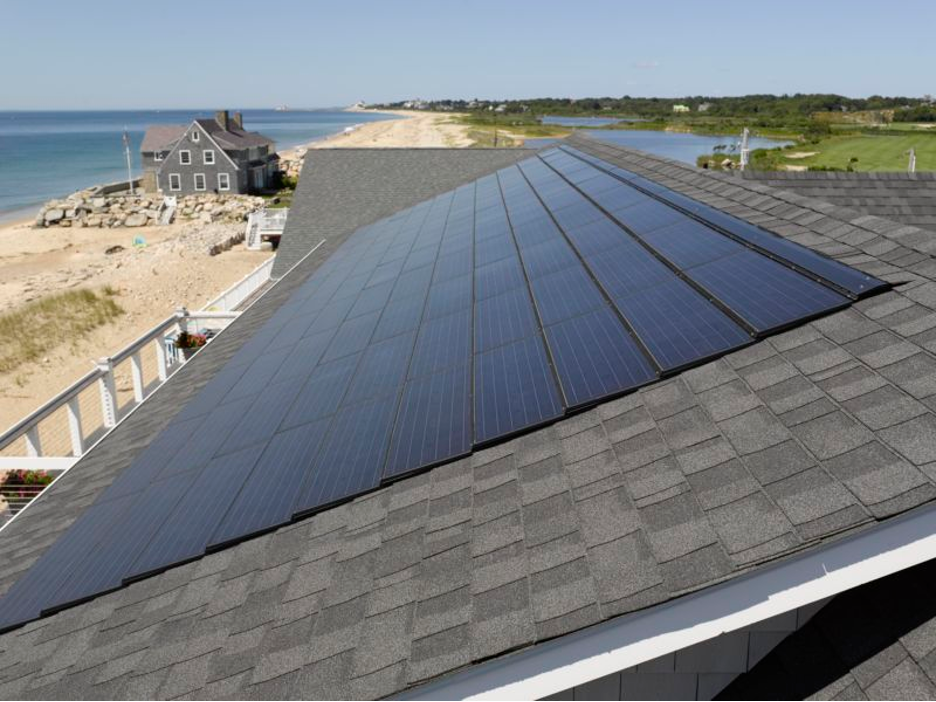
Benefits Of Integrating Solar Slate Roof Tiles into Architectural Designs
The Benefits of Solar Slate Roof Tiles: Solar slate roof tiles are an appealing alternative for architects and homeowners because they have several advantages over traditional solar panels. Some major advantages include:
· Aesthetic Appeal:
Traditional solar panels can come off as intrusive and take away from the aesthetic appeal of the building. Solar slate roof tiles, in comparison to unlimited solar energy, are aesthetically pleasing and produce clean energy while blending in smoothly with the current roofing material.
· Versatility:
Solar slate roof tiles are adaptable to various architectural styles because they are offered in various sizes and designs. The tiles can be altered to match the overall design of any structure, modern or traditional sun style solar roof.
· Energy Efficiency:
Solar slate roof tiles use sunshine to produce electricity, lowering the need for fossil fuels and the amount of carbon emissions produced. This environmentally friendly energy source aids in reducing greenhouse gas emissions and halting global warming.
· Longevity and Durability:
Solar slate roof tiles are made to withstand severe weather, ensuring their longevity. They provide a long-term solution for energy generation because their lifespan is equivalent to that of conventional slate roofs.
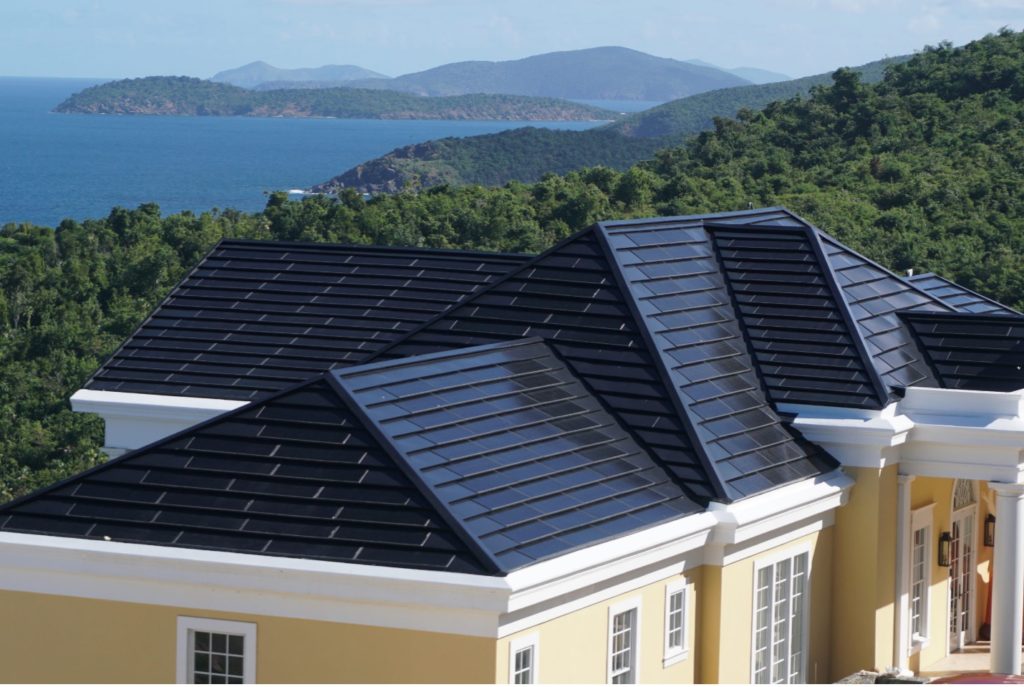
Complications Of Integrating Solar Slate Roof Tiles into Architectural Designs
Despite their many benefits, there are some difficulties and things to think about when incorporating solar slate roof tiles into architectural plans:
· Cost:
Solar slate steel roofing tiles and tiles can be more expensive than conventional roofing materials and solar panels. However, it is essential to consider the potential government incentives and long-term energy cost benefits that could offset the initial outlay.
· Installation:
Installation must be done correctly for the best energy production and roof longevity. According to architects and contractors, the installation procedure must be carried out by qualified experts familiar with solar technology and traditional roofing materials and procedures.
· Heavier:
Solar slate roof tiles are heavier than conventional roofing materials regarding weight and structural considerations. To ensure the structure can withstand the added weight glass solar tiles, architects must evaluate the building’s structural soundness. It could be necessary to make alterations or reinforcements to accommodate the tiles safely.
· Upkeep:
Solar slate roof tiles need regular maintenance to achieve optimal performance, just like any other solar technology. When incorporating ceramic sunstyle roof tiles into an architectural design, architects and homeowners should consider maintenance requirements, such as cleaning and inspection.
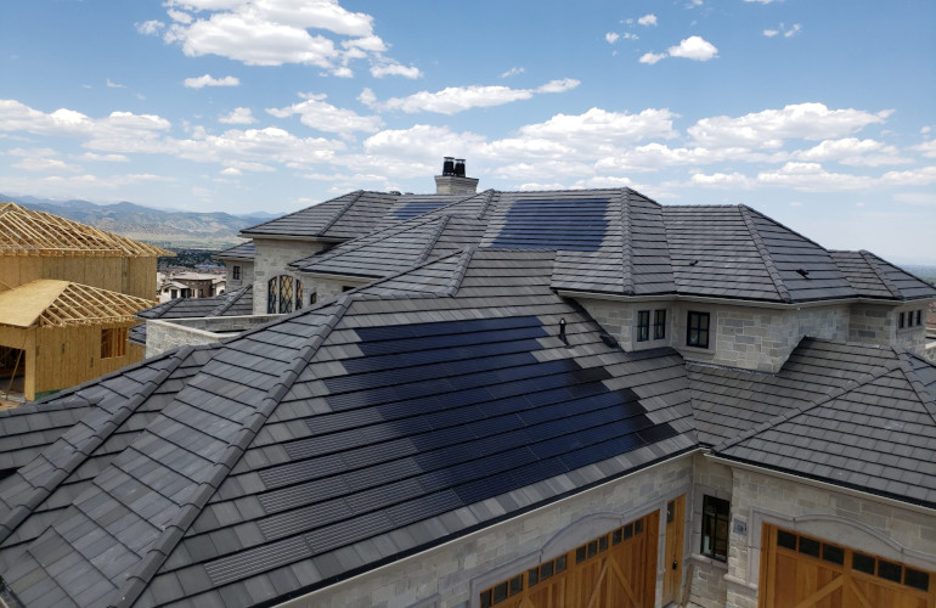
Future Consequences and Possibilities:
The use of solar slate roof tiles in architectural plans has the potential to alter how we produce and use energy in structures completely. The seamless integration of these solar roof tiles will be easier to implement as renewable energy technology develops, encouraging the use of sustainable design principles in architecture. Among the potential effects in the future are:
· Energy-Neutral Buildings:
Architects can create energy-neutral structures that considerably lessen reliance on external power sources by incorporating solar cells slate roof tiles with other energy-efficient elements. These buildings will generate as much energy as they will consume.
· Urban Integration:
As cities expand, solar slate roof tiles integrated solar and in architectural plans can maximize energy production in constrained places. Buildings can actively contribute to their neighborhood’s energy system, relieving pressure on centralized power plants.
· Collaboration between Industries:
Adopting solar slate roof tiles necessitates interaction between the roofing and solar technology sectors. This partnership encourages innovation, creating more effective, long-lasting, and aesthetically pleasing, solar roof system solutions that perfectly fit into architectural plans.
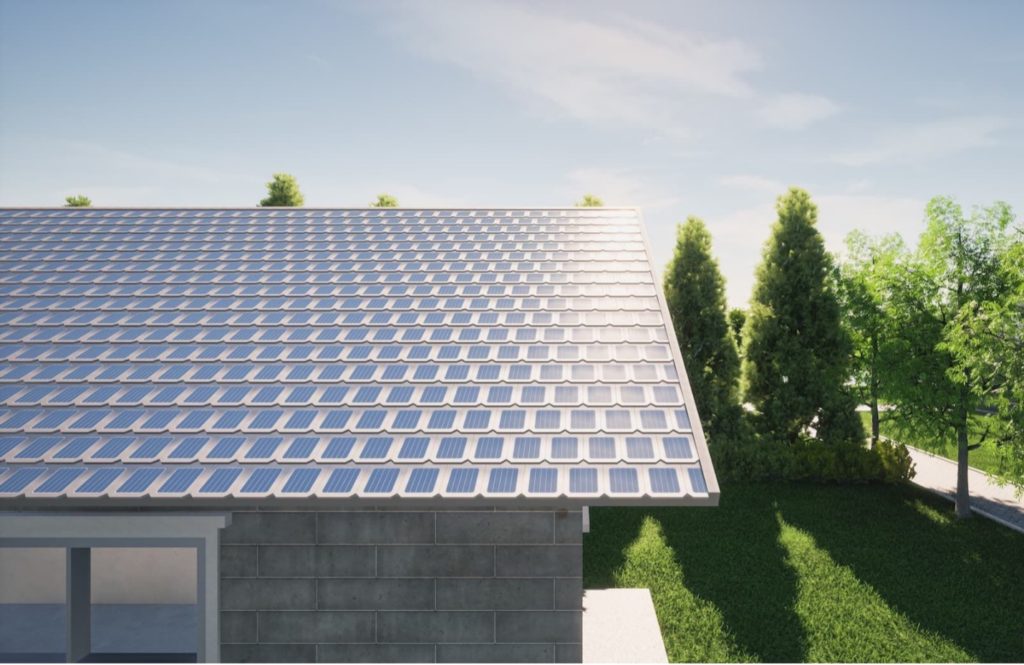
Conclusion:
Using solar slate roof tiles in architectural designs is a considerable improvement over conventional building methods. Architects may design environmentally sustainable and

